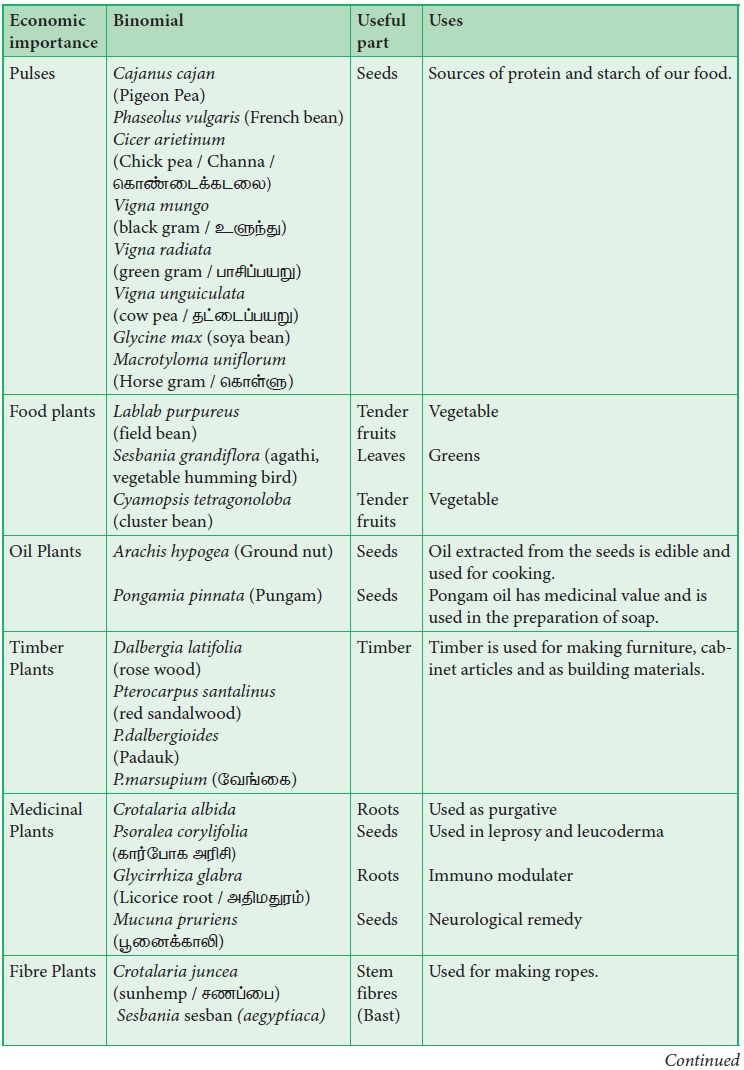Chapter: 11th Botany : Chapter 5 : Taxonomy and Systematic Botany
Botanical description of Pisum sativum (Pea Plant)

Botanical description of Pisum
sativum (Pea Plant)
Habit:
Cultivated herb, becoming shrubby.
Root:
Branched tap root system, nodulated
due to the presence of nitrogen fixing bacteria (Rhizobium leguminosorum).
Stem: Erect
and climbing, one to three feet
high, young stem densely pubescent, somewhat angular, herbaceous, green and
branched.
Leaves:
Alternate, petiolate, stipulate, stipules
¼ to ½ inch long attached near the base, compound (trifoliate), leaflets dark
green, entire, acuminate, pubescent on both the sides, reticulate venation.
Inflorescence:
Clustered
axillary racemes.
Flower: Bracteate (small and deciduous),
bracteolate (usually persistent), pedicellate, heterochlamydeous, complete,
bisexual, pentamerous, zygomorphic and hypogynous.
Calyx: Sepals
5, green synsepalous, companulate,
showing valvate aestivation. Odd sepal is anterior in position.
Corolla: Petals
5, apopetalous, irregular
papillionaceous, consisting of a posterior standard, two lateral wings, two
anterior ones forming a keel which encloses stamen and pistil, vexillary /
descendingly imbricate aestivation.
![]()
![]()
![]()
Androecium:
Stamens
10, diadelphous (9)+1 nine stamens
fused to form a bundle and the tenth one is posterior and free. Anthers
dithecous, basifixed, introse and dehisce longitudinally.
Gynoecium:
Monocarpellary,
ovary superior, unilocular, with
many ovules on marginal placentation, style simple and curved, stigma capitate.
Fruit: Legume
Seed: non-endospermous
with thick cotyledons.




Economic Importance


Related Topics